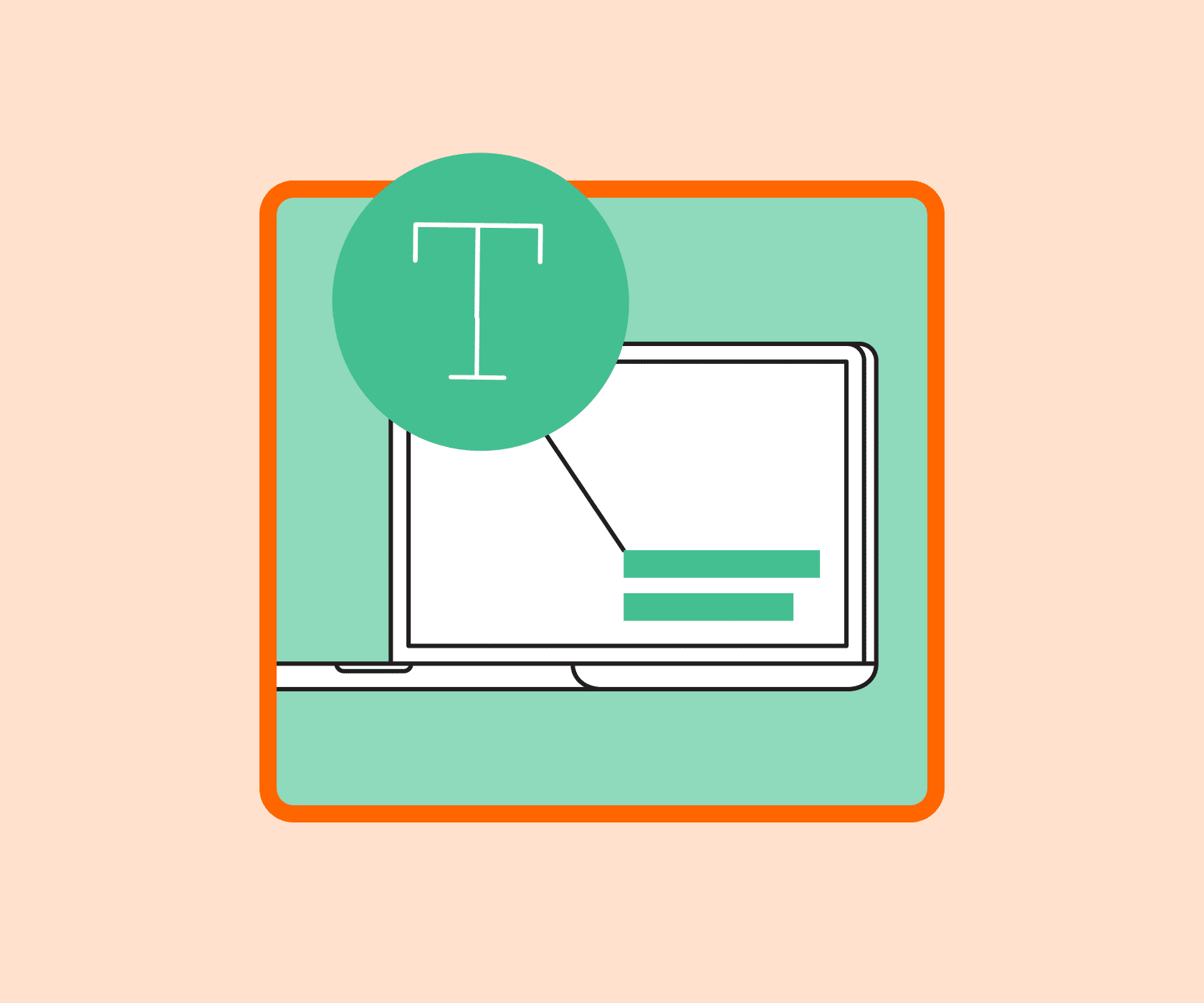5 Ways Interactive Scenarios Supercharge E-Learning
E-learning courses with decision-making scenarios create a bridge between the course’s content and the learner’s ability to use it by putting it into practice. This prepares learners for real workplace challenges—all in a safe environment.

Transform e-learning from ineffective to impactful with interactive decision-making scenarios
We’ve all experienced bad e-learning. It’s as much a fact of working life as being smarter than your boss. What usually makes e-learning bad is that it’s mostly content with little regard to how it’s meaningful to the person going through the course.
But it doesn’t have to be that. In a previous post, I shared the bad experience of a recent compliance course in my post on How to Fix Long and Boring E-Learning Courses. While the compliance course left a lot to be desired, one thing that was noteworthy (and received a lot of positive feedback from my peers) was the decision-making scenarios. And there’s a reason for that.
Decision-making scenarios are the secret sauce of e-learning. They turn boring, linear courses into interactive adventures that are not only engaging but can be adapted to learners of various levels. The value of real-world decision-making activities in e-learning courses is significant.
Here are some of the key benefits:
Practical application
The ultimate goal of an e-learning course is that the person learns something and can apply what they learned back in the real world. A well-crafted scenario bridges the gap between the content in the course and how the learner will use it when presented with some sort of contextual situation. It makes the content real and meaningful. And if the content doesn’t have that impact, maybe it’s not the right content for the course.
Skill development
One of the worst things about many e-learning courses is that the content is locked down, not allowing the learner to advance through it freely. The intent of the client or subject matter expert is that they don’t want them to skip any for fear that they’ll not learn it. But guess what, people don’t learn that way. A good decision-making activity helps develop critical thinking, problem-solving, and analytical skills because the person isn’t just exposed to the content. Instead, they’re forced to process it so they can make the best decision.
Increased engagement
That compliance course we had to take had good content. But the course itself wasn’t engaging mostly, because there was no freedom to learn because of the rigid structure of the course. However, it did provide a number of decision-making scenarios that changed the content from policy into more of a story-like narrative. Doing this makes the learning experience more engaging, potentially increasing motivation and retention. I’ll also add having a decision-making scenario is not enough. The perspective of the content should be relevant. For example, that compliance course had information about insider trading, something that’s not part of my role in the organization and most likely not relevant to anyone at this point in the organization.
Safe environment for practice
One of the odd things about our industry is that we spend hundreds of millions on good learning content, and then we lock it behind a learning management system. The learner usually only has access by invitation (for a limited time). And our measure of success isn’t their increased understanding. No, the measure of success is that they completed it successfully.
That puts pressure on the person we’re trying to train. They don’t want to fail, and our reluctance to let them kind of perverts the learning process.
A well-designed scenario can circumvent some of this. Learners can make decisions and see their consequences without real-world risks, allowing for experimentation and learning from mistakes. The scenario is less concerned with 80 percent on a multiple choice quiz and more concerned with how they can process what they’re learning.
Preparation for workplace challenges
Building on the point above, failing in the real world can have disastrous consequences. Bad decisions can impact the customer relationship, the business’ success, and possibly even people’s safety.
A decision-making scenario allows the learner to practice real-world decisions in safety. These activities are great to prepare learners for the actual workplace situations they may encounter.
You’re not just delivering content – you’re cultivating competence!
Decision-making scenarios are the secret sauce of e-learning. They turn boring, linear courses into interactive adventures. By practicing real-world decisions in a safe space, your learners will build confidence, learn from mistakes, and be better prepared for those tricky situations at work. Remember, it’s not just about knowing the steps—it’s about understanding how to work through them successfully.
And isn’t that what great e-learning is all about?
You may also like

How to Create Online Training Modules: A Step-by-Step Guide
Learn how to create effective online training modules and choose the right tools to engage learners and drive results with this step-by-step guide.

